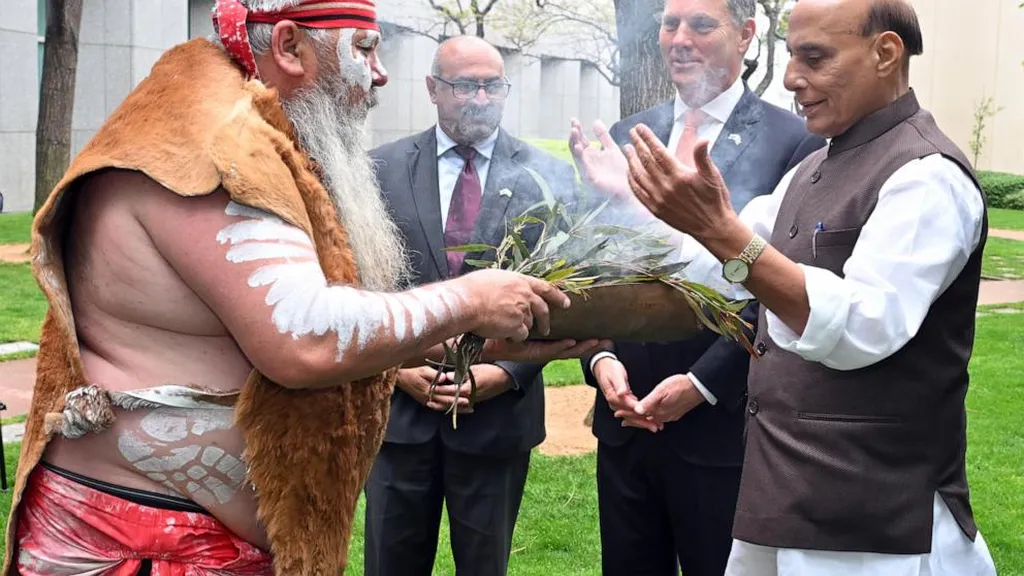Australia and India have taken a significant step in deepening their defence and maritime security ties, signing a mutual submarine rescue agreement during the inaugural annual defence ministers’ dialogue in Canberra. The move underscores a growing strategic alignment between the two nations, with implications for regional stability and defence industrial cooperation in the Indo-Pacific.
Indian Defence Minister Shri Rajnath Singh’s visit to Australia marked the first by an Indian defence minister in over a decade. His meeting with Australian Defence Minister Richard Marles resulted in a joint commitment to enhance collaboration in defence technology and maritime operations. Notably, India has offered to maintain and repair Royal Australian Navy ships in Indian shipyards during their deployments in the Indian Ocean, a move that could bolster operational efficiency and strengthen industrial ties.
Marles emphasised the strategic significance of the agreement, stating, “All of that is taking our high-level strategic alignment and taking this to a much deeper operational level.” This enhanced cooperation includes increased information sharing and joint efforts to address shared security challenges in the region.
The dialogue also highlighted progress in defence cooperation among the Quad nations—Australia, India, Japan, and the United States. As members of the Quad, both Australia and India are playing pivotal roles in shaping regional security dynamics, particularly in countering China’s growing influence in the Indo-Pacific.
Australia’s planned acquisition of nuclear-powered submarines under the AUKUS partnership with Britain and the United States further complicates the geopolitical landscape. These submarines, to be based in Western Australia, will operate on the northeastern edge of the Indian Ocean, reinforcing the strategic importance of the region.
The submarine rescue agreement is a tangible outcome of the deepening Australia-India defence relationship, reflecting a shared commitment to maritime security and defence industrial cooperation. As both nations navigate an evolving Indo-Pacific security environment, this partnership could serve as a model for future collaborations, particularly within the Quad framework. The agreement also signals a broader trend of nations leveraging defence industrial capabilities to strengthen strategic alliances and enhance operational readiness in an increasingly contested region.

